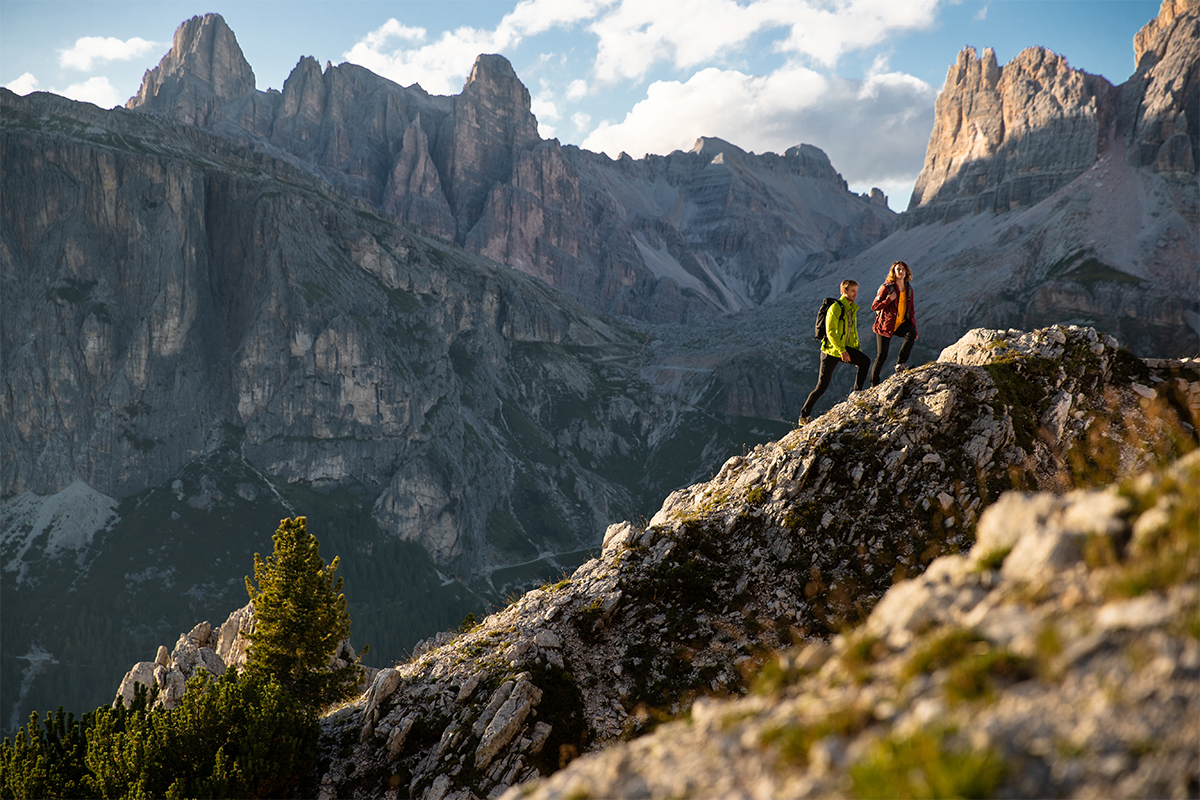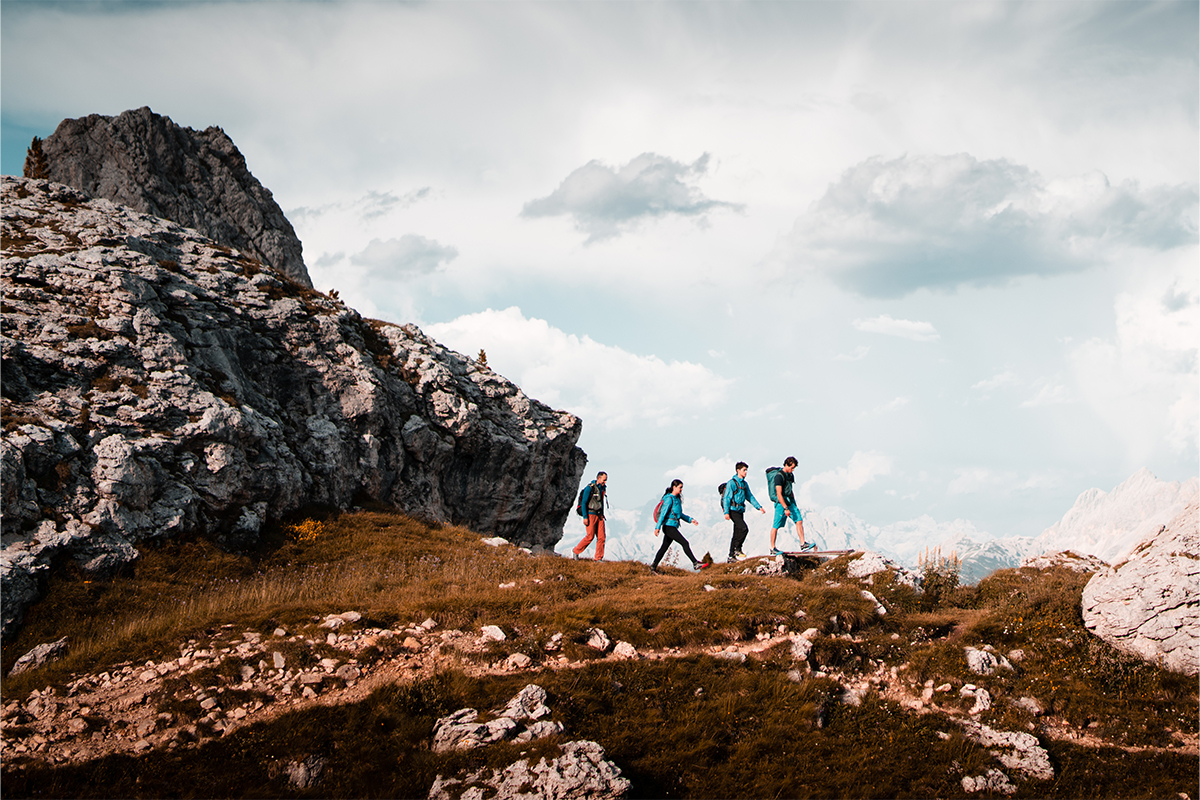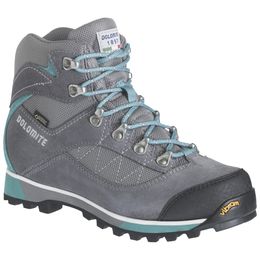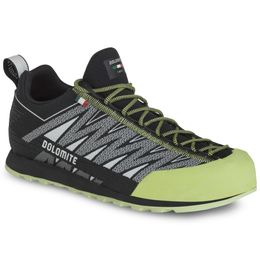Rely on a mountain guide
The great "boom" of mountain activities.
In recent years, the clash flow generated by the outdoor sector in general has grown exponentially, leading in this way to an increasing need by many mountain enthusiasts (both beginners and experts) to contact a mountain guide, but let's see what it really means to rely on a guide and when you should do it.

Relying on a mountain guide does not mean "being carried around".
First of all, the guide is an educator, and being accompanied by a mountain guide means being able to observe and immerse yourself in the natural context in a conscious way, learning to look at any detail in a different way.
The guide essentially provides many key inputs which are necessary for developing, experience after experience, an always greater awareness when we’ll face the mountains. Acquiring awareness means many things but some of these can be for example: Learn to look critically, which means being able to evaluate itineraries’ difficulties. Learn to understand how to make a self-evaluation, therefore, knowing and understanding what one's technical/physical abilities and possibilities are (subjective evaluations) in order to better ponder what type of itineraries to tackle and which ones to avoid. Therefore, knowing how to recognize objective risks, trying to give one's own critical evaluation if the environment that surrounds us presents pitfalls and dangers that do not depend on us.

We have therefore seen that the guide is not only the figure who accompanies you but is also the one who in doing so, transfers competence and knowledge. The mountain guide is essentially the interpreter of the territory, he/she connects you with the surrounding environment: observing some phenomena and learning to give one's opinions on the many "whys" that constantly assail us is stimulating. But be careful not to identify the guide in a simplistic way as a guarantor who unconditionally promises total safety but is rather to be seen as the figure responsible for assessing the danger and the consequent risk management.
Author: Davide Canil (Kalipè Trekking)





